Details
Description
SKU: CN.00049
Composed by Pat Muchmore. Duration 9:00:00. C. Alan Publications #49. Published by C. Alan Publications (CN.00049).Phage is a programmatic work that portrays the infection of a bacteria cell by a T-4 bacteriophage. The phage is a virus that attaches itself to bacteria with its spidery tail fibers in a stage called adsorption. The virus then injects its own DNA into the host cell and causes the cells normal replication functions to reproduce phage DNA instead of bacterial DNA. In a stage called morphogenesis, this DNA begins creating new phage entities one piece at a
time. A phase known as the "eclipse phase" follows, wherein it is impossible to ascertain the existence of the phage within the host cell. This phase is abruptly cut short however by the process of induction, and hundreds of newly replicated bacteriophage begin to fill the bacterium. The ferocity and relative quickness of this process give rise to several mutated genes amongst the individual viruses. Although the virility of these mutations is often no less than the original, some mutations are entirely impotent, a fact which leads to the eventual death of the entire colony. In the final stages of the bacterium's life, the phage inside it begin to produce a substance called lysogen, which is capable of breaking down bacterial cell walls. During lysis, the cell walls are dissolved and hundreds of phage are released into the medium. They continue to attack bacteria, until the impotent mutations borne of their own violence eventually outnumber virile phage. The virus colony and bacteria eventually die.
These events are presented musically primarily through the interactions of two motives. The first, the "host" motive, is presented in the very beginning of the piece in the marimba orchestra and is characterized by the perfect 5th. The second, the "phage" motive, appears with its emphasis on the diminished 5th in the second section, corresponding with the adsorption phase of the infection. As the section continues, the phage motive appears simultaneously with the host motive, representing its interference in the bacterial replication processes. A new, motoric version of the host appears, whispering at first, in 6/4. The phage motive begins to introduce a triple, 12/8 interpretation of the meter, which is adopted by this new version of the host motive as it is subverted by the malign presence. The section culminates in a climactic statement wherein the perfect 5th of the host motive is surrendered to the diminished 5th of the phage motive.
Morphogenesis is represented by a section wherein the phage motive is replicated one note at a time in the timpani, temple blocks, and concert toms. The eclipse phase is represented somewhat fantastically as a mistakenly triumphant presentation of the host motive, violently interrupted by the reemergent phage motive's induction. A mutation of the phage motive based on triple-subdivisions of the beat appears which slowly overtakes the entire piece. Even as lysis begins, field drum, bass drum, and timpani present brutal statements of the triple rhythm in quarter-note triplets. The piece ends abruptly on a scene of utter devastation; both host and parasite are annihilated.
About the OU Percussion Press
In 1977 the OU Percussion Orchestra and Ensemble embarked on a project that developed into a national model for the encouragement and development of new music for percussion ensemble. The OU Percussion Ensemble Commissioning Series regularly engages outstanding composers to write works for this medium. The Commissioning Series is responsible for the creation of some of today's staples in the percussion ensemble repertoire.
In 1983 the University of Oklahoma funded the establishment of the OU Percussion Press, a non-profit extension of the percussion area. Through the Percussion Press, the commissioning series compositions plus other works expressly written for the OU Percussion Orchestra and Ensembles have been made available for purchase and performance by the world's leading percussion ensembles. The Percussion Press' catalog numbers more than 50 works, all published in a non-profit venture as a service to the profession.
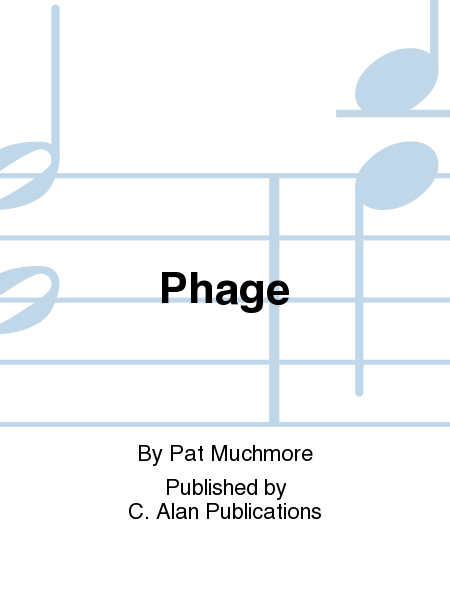
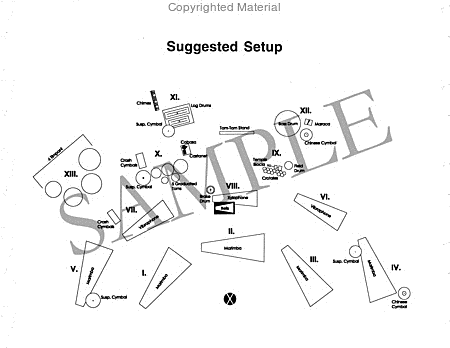
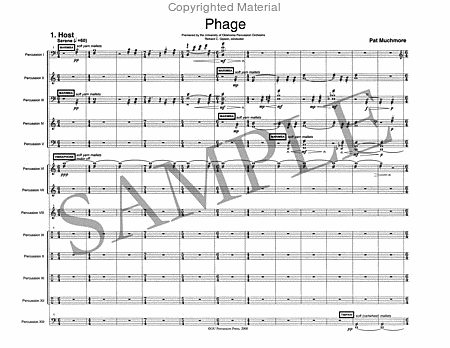
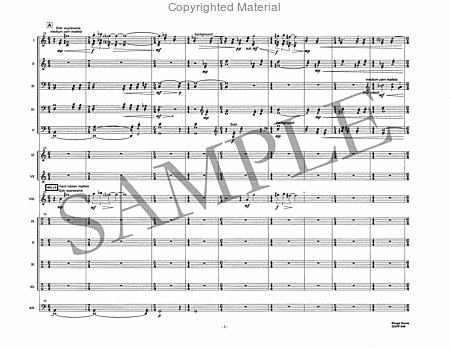
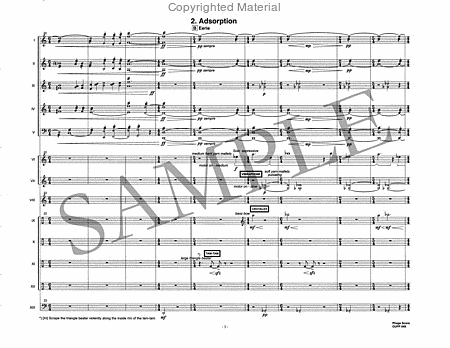
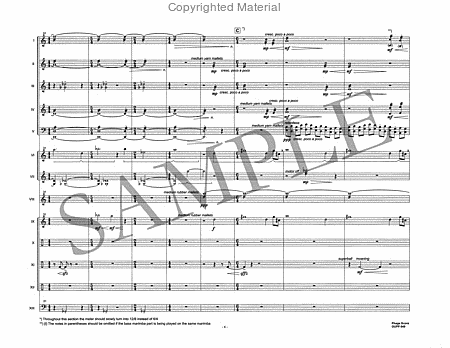
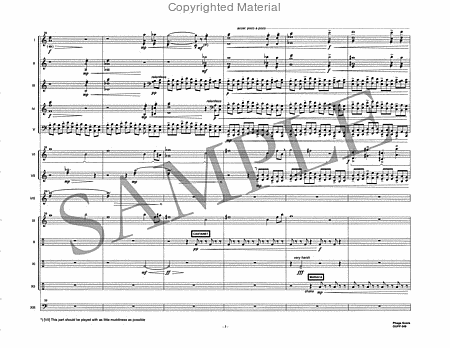
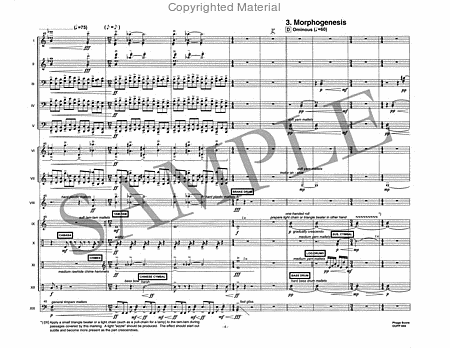
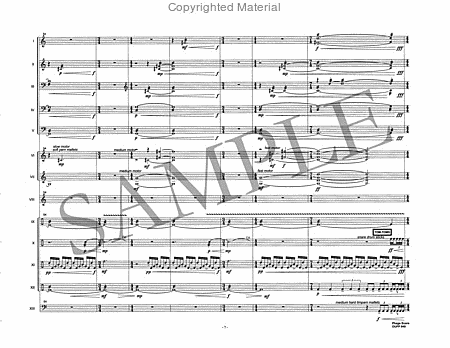
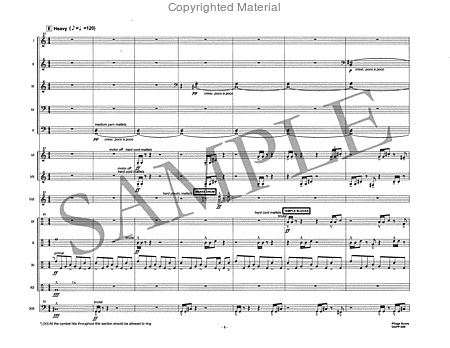
 Share
Share